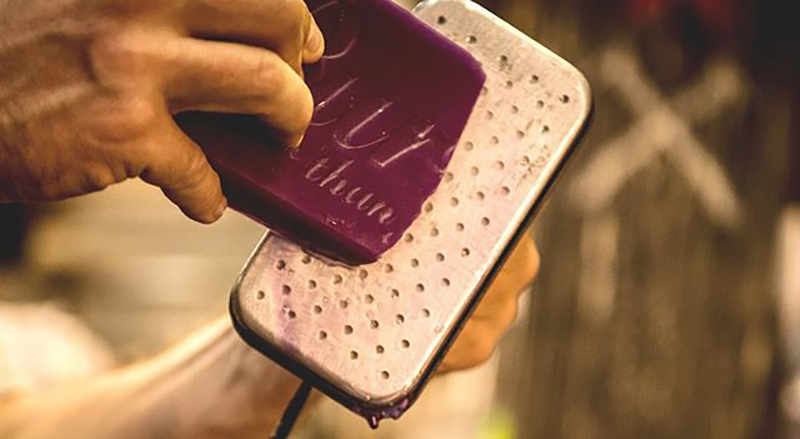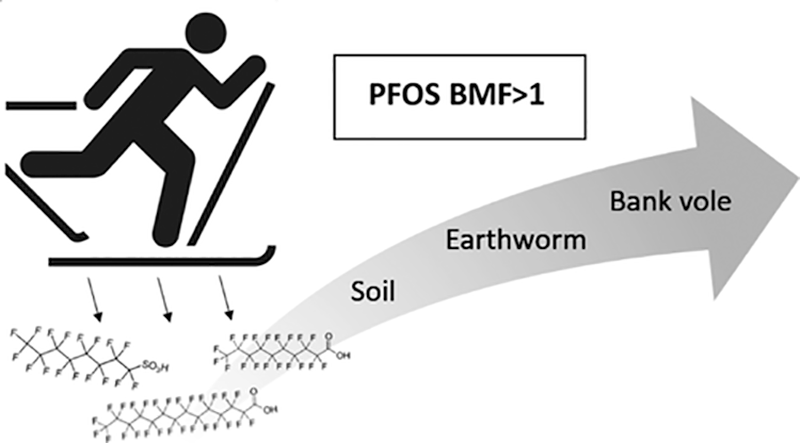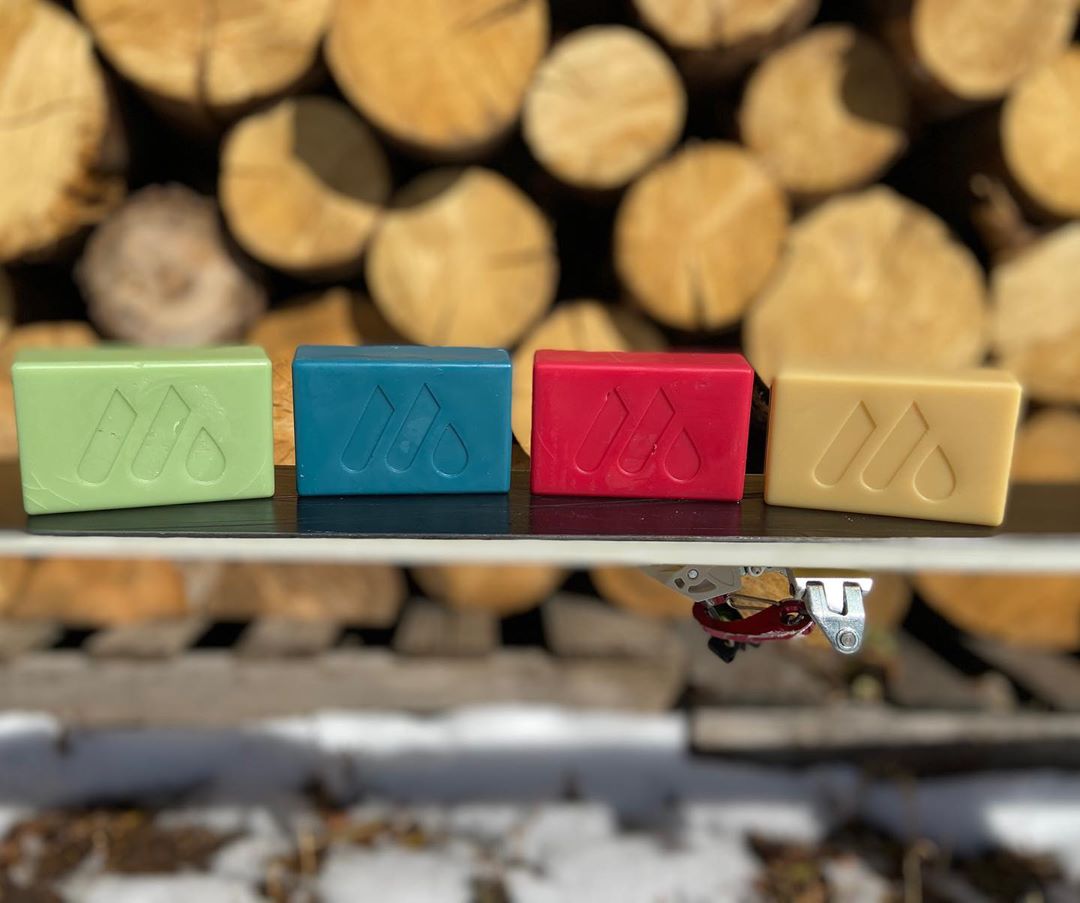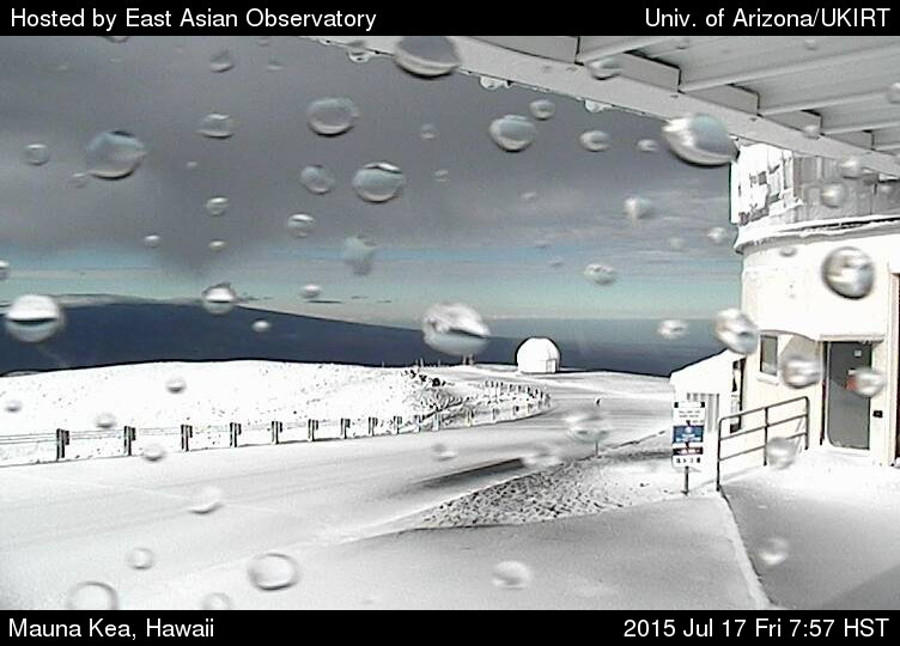
It’s the year 2019 and everybody knows that everything we do has a consequence, at some level, on Planet Earth. We have come a long way in developing awareness about this, we have messed up a couple of times in history, but we are finally starting to realize how important it is to take care of the places we live and visit.
Nobody likes to pollute and nobody likes somebody who is polluting. Recycling has increased substantially and is the new standard practice, people don’t take straws in their drinks anymore, and plastic bags are starting to be banned in many places around the world. You wouldn’t throw an empty can to the ocean, and you wouldn’t litter the mountain when you go skiing, right?
A very recent study published in the American Chemical Society (ACS) determined that some chemical substances found in ski wax are effectively being transferred from ski bases into the environment. Such transfer follows a domino effect in which the substances end up in the food chain of worms and animals in the area. In other words, there might be a little bit of polluting when we go skiing.

The term used to describe this phenomenon is bioaccumulation and biomagnification. It consists of the release of substances from products into the environment and the resultant uptake in biota and transport in food webs.
The study was carried on by scientists funded by the Norwegian University of Science and Technology and investigated soil, earthworms, and Bank voles from two places: A skiing area, and a forest with no skiing activity. The two places are about 9 miles away from each other, in Trondheim, Norway.
The subjects of the investigation were the perfluoroalkyl substances (PFASs).
PFASs are a group of petroleum-based chemicals that include perfluorooctanoic acid (PFOA) and perfluorooctansulfonate (PFOS). Both chemicals are very persistent in the environment and in organisms – meaning they are nor biodegradable at all and they accumulate over time.
The research showed significantly higher PFAS levels in the skiing area compared to the reference area with no skiing activities. Bank voles were the most affected subject, presenting 5.7 times more total PFAS levels in their livers than those at the reference site. These organisms represent the base of the terrestrial food web, and PFASs originating from ski wax may result in higher exposure in organisms at the top of the food chain.

Considering the number of times (more than we would like to) skiers and snowboarders wax their equipment during the winter season, this study could be showing us a very complex situation and definitely something to worry about.
Fortunately, some people already thought about this and took a step forward doing research and creating new, nontoxic and ecofriendly solutions.
One of them is the ski brand DPS. Alongside engineers of the University of Utah, they have developed a permanent, one-time application, waxless base treatment that forever eliminates the need for waxing skis and snowboards over and over again. This treatment called PHANTOM uses a polymer technology that offers great glide performance that never wanes across all snow temperatures, and for the life of a ski or snowboard’s use.
PHANTOM’s technology doesn’t cause biological damage and doesn’t present any long-term environmental risks, according to DPS. One of the reasons is that it never wears off, so there is no substances left in the snow.

Another brand who is focusing on the environmental side of waxing equipment is mountainFlow, North America’s only fully plant-based ski wax. After testing hundreds of different formulas, they claim to have replicated the performance of a conventional (petroleum-based, toxic) ski wax.
“Other plant-based ski waxes have been made primarily with soy. While we do use some soy wax in our product, it makes up a small percentage of our formula. Instead, we are using a combination of waxes that are faster and more durable”.
They are currently on Kickstarter, offering 4 different waxes for different temperatures. Their packaging is made from 100% recycled material and is completely biodegradable, which is pretty cool. If you want to check them out press here.
This is clearly an interesting and very relevant topic, and will surely play a part in the future of skiing, mountain sports and product consumption in general.





I’m afraid that if we keep using ski wax, we’ll only have 10 more years until the end of the world!!! We’re all gonna die!!!!!!! ( never mind we all drive up to the ski areas, where they pack the snow with cats that run on diesel, and eat lunch with plastic forks, spoons, and plates, that was cooked with fossil fuels, then have a couple cocktails in plastic glasses, and then go home and burn wood in the stove to keep warm that puts CO2 into the atmosphere. Yeah, 10 years, ……..be afraid my friends, be afraid ……………..
Ok…. So I totally get the whole thing of doing our part to protect the environment. But we all need to remember this, ALL of the major wax companies are out there doing all the can to provide more environmentally friendly waxes. They have engineers, scientists and do extensive testing to provide the best product possible for those who use wax for performance. Most of the small companies do not have the budget to actually test their products and do comparative analysis to improve glide and durability of their products. Or they produce products that are UBER Durable that do not have a huge impact on glide performance (Phantom).
Next, 90% of the shops only offer a friction wax, that does not allow the wax to penetrate and bond into the base. It is a rare sight to see a true hot wax, and most times shops do not allow the wax to properly cure! They are melting the wax in then scraping it immediately, pulling out most of the wax.
How often do most people wax their skis? once or twice a season at the most? Too many people feel that they don’t want to go faster. Wax is solely equated to speed in the current ski world. Most do not know or understand the value of “Wax Loading” A ski base to increase density, which in turn increases durability and ability for the wax that makes you go fast to bond better in the ski base.
So what percent of the skiing population actually WAXES their stuff on a regular basis? Also, when you don’t wax, the snow abrades they base material and that enters the environment. IS that more damaging than the small wax particulates?
Also, this article specifically talks about the research was on PFOA’s not on paraffin’s. So this is pretty misleading as there is an even more small percentage using “Flouro’s” when they wax. They fail to mention how the larger wax companies have changed the flouro’s used in the past 2 years to ones that will break down in the environment. (Who knows to what extent they do, but an effort has been made to change).
In the end, my opinion is to WAX CORRECTLY! If you are going to wax your stuff, do it right with quality materials. DO not friction wax with garbage wax as you are putting more Parafin in the environment vs a ski that has been wax correctly. Also you increase durability so you won’t need to wax as often. By waxing correctly you resist base burn and are not leaving particles of plastic in the snow as they abrade.
Ayee that’s true. Nothing beats doing a good job on waxing, making it last as long as possible, waxing fewer times during the season, brushing the bases if there is still wax on them… Just using the resources in a more efficient way. Cheers.
What happens to base materials when skis are stone ground ? Is the polymer on or in the base material of the dps ski?
you can use phantom wax on any ski. not just dps skis. also, it impregnates the base of the ski, so when you apply the phantom wax, it basically becomes part of the base itself. So yes, you can stone grind it.
oh and like the whole ski industry itself, plastic skis n boot manufacturing etc, diesel and gas powered
vehicle emissions including hipster sprinter vans and all the nylon ski apparel btw dont?
Pluuu-eese…..
I know you gotta write bout stuff but this takes the proverbial cake totally not gluten free n all.
Soon as you produce and offer some vegan ski wax I’m totly in. pffffft
Hey! Yeah, it is true, pretty much everything contaminates. Especially in an industry where you need to use cars to get to the mountains, gotta keep lifts working, etc. BUT from everything about skiing I never even thought about wax coming off skis and staying in the snow. That contamination is not evident at all.
And by the way there is Vegan wax, check it out at the bottom of the article.
I agree, not something I’d ever thought about. I just ordered some of that Purl wax, going to see how it does.